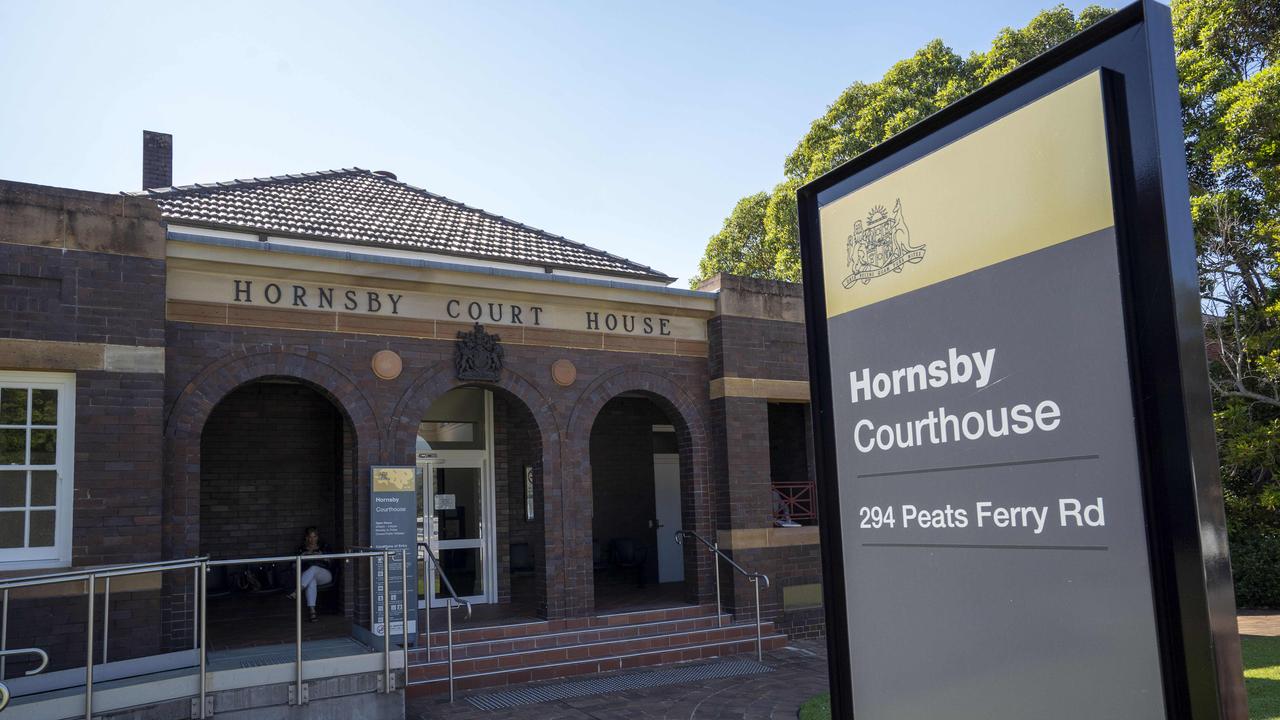Western Sydney affordable housing scheme falls ‘far too short’ of addressing growing housing crisis
A group of Sydney councillors has pulled apart a new housing strategy – which would see developers only required to set aside 1.5 per cent of new homes for affordable housing.
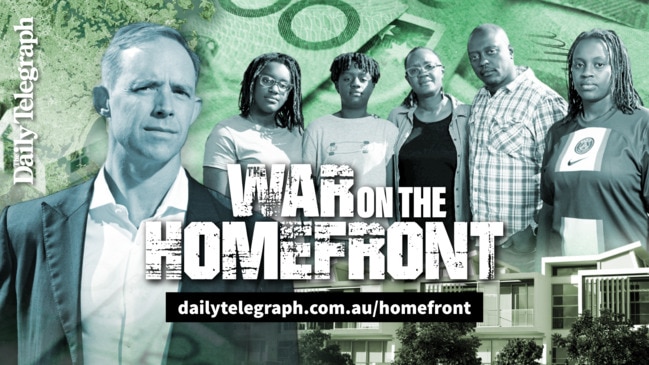
Hills Shire
Don't miss out on the headlines from Hills Shire. Followed categories will be added to My News.
A group of Sydney councillors have conceded that more needs to be done to meet housing demand in Sydney’s west – lashing a new affordable housing plan they say “doesn’t go far enough” to fix the city’s real estate crisis.
Hawkesbury councillors tore apart a coalition of western Sydney council’s affordable housing strategy in a meeting on Tuesday night, after plans to see a requirement of just 1.5 per cent of new homes built in the western Sydney local government area be designated affordable housing were revealed.
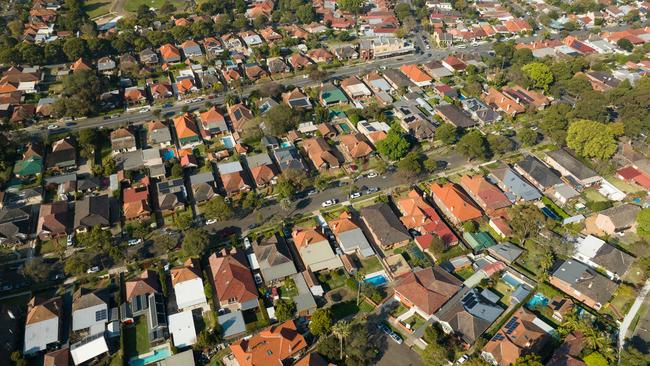
Under the plan submitted by the Western Sydney Planning Partnership (WSPP) to Blacktown, Blue Mountains, Hawkesbury, Fairfield, Liverpool, Penrith, Camden, Campbelltown, and Wollondilly councils, developers could be hit with a levy to enforce affordable housing in new developments across Sydney’s west.
But Hawkesbury councillors said they were disappointed with the draft plan, arguing that though it was a start to plugging the gap in affordable housing, it falls “far too short” of addressing the region’s ongoing crisis.
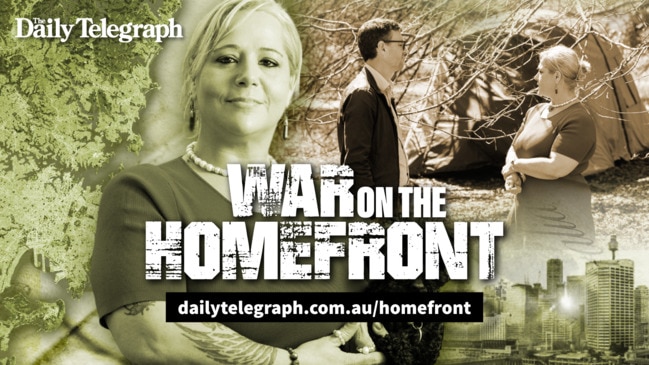
“It doesn’t go far enough,” councillor Danielle Wheeler said.
“There are currently 100,000 people in NSW sitting on public housing waiting lists, it’s between seven and 10 years long to get a house, and thousands more (people) are in rental stress and require affordable housing.”
Councillor Patrick Conolly said it was “disappointing” that all the “best and brightest minds” could come up with was putting a levy on new developments and using the money to provide “a drop in the ocean when it comes to what we need for affordable housing”.
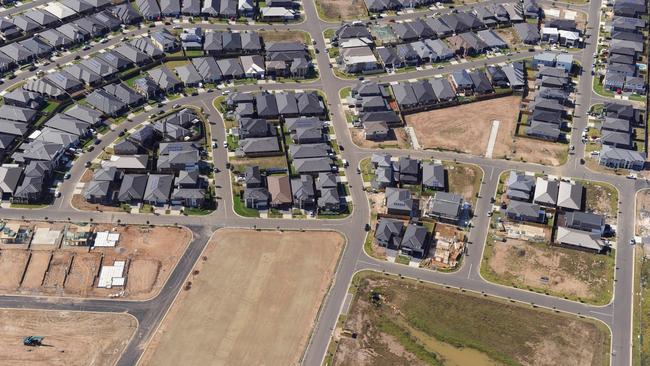
The draft scheme proposes that all new residential developments in Western Sydney provide a monetary contribution equivalent to 1.5 per cent of the project’s gross floor area.
For instance, a 200 apartment development would dedicate the monetary equivalent of three apartments to affordable housing.
That contribution would be collected and managed by councils as part of development applications. When there are enough contributions, the funds can be distrubited to eligible community housing providers, in partnership with the NSW Department of Communities and Justice, to help fund affordable housing developments.
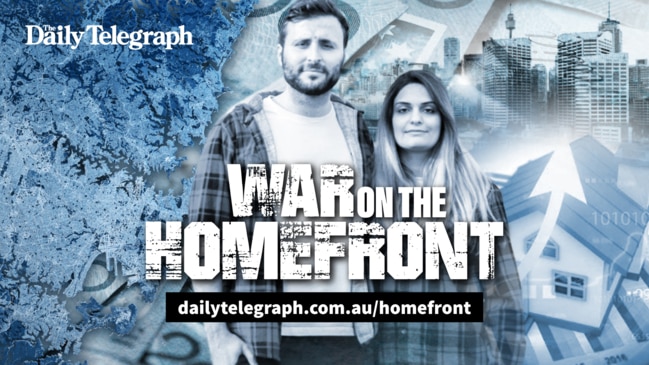
The Scheme is estimated to deliver between 4800 and 6800 affordable dwellings to Western Sydney between 2027 and 2037.
“To me it really appears to be mostly tokenism,” deputy mayor Barry Calvert said.
“It’s not going to solve the housing problem and we have no choice (but) to support it because it will possibly provide housing for a few people, and that’s good.
“But it’s not going to solve the problem – and anyone who thinks it will is not being realistic.”
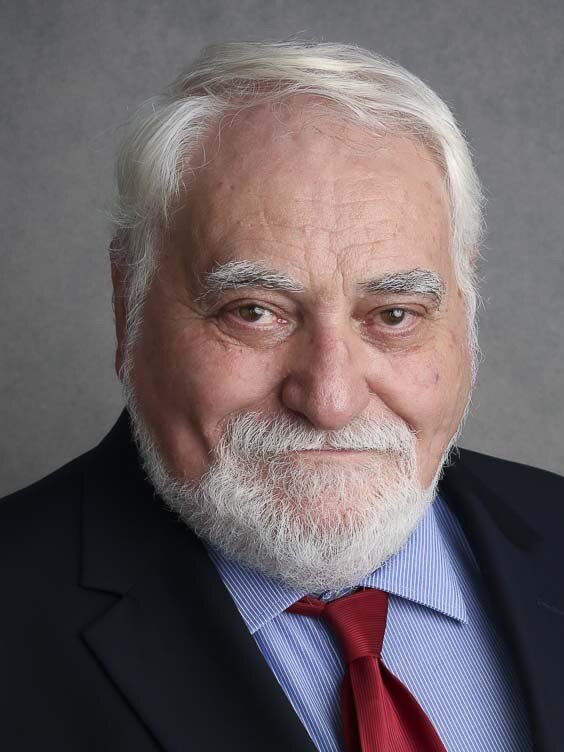
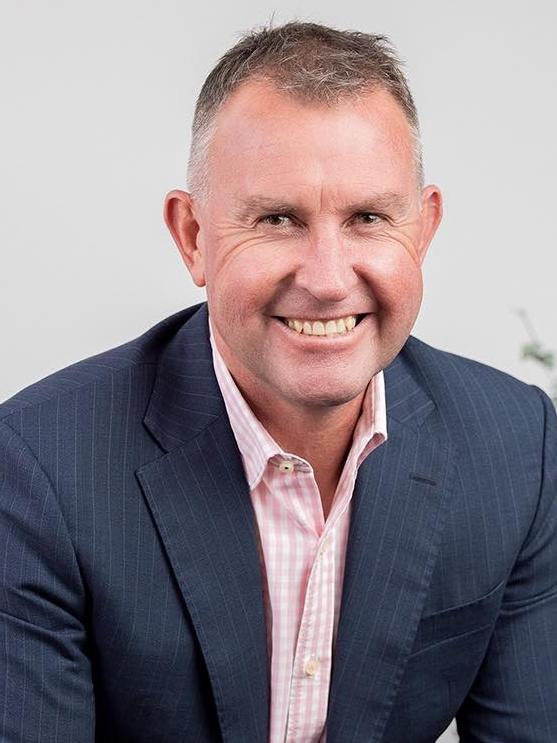
Real estate agents across the Hawkesbury said the area is grappling with a “severe lack” of housing stock, which is driving property prices upward.
And yet, or perhaps because of dwindling supply, house hunters were quick to snap up properties when they were up for grabs, Stone Hawkesbury Real Estate principal Adam Buchert said.
“For rentals, we manage about 750 properties and we would only have, at the moment, about five empty. That’s well below the one per cent (national vacancy rate).

“When we have an open home we have multiple applicants, and the only time a property would stay available for more than two or three weeks would be that the landlord is waiting for a better quality application to come through.”
He welcomed news that council was drafting a scheme to address the crisis, but said it was “bigger” than a “local issue”.
“Every little bit is going to help, but this has to be a national, state government issue. They have to be looking at this.”


